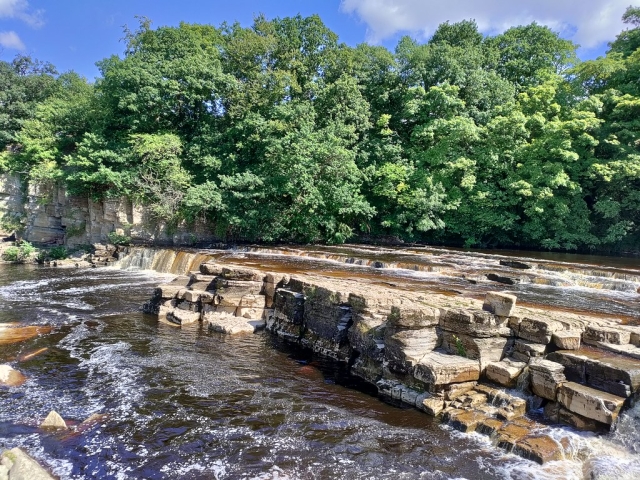

Richmond, North Yorkshire is a historic and architecturally rich market town situated at the gateway to the Yorkshire Dales National Park. Its name, derived from the Old French "Riche Monte" (meaning "strong hill"), is a fitting description, as the town is dominated by its impressive Norman castle, which sits on a cliff overlooking the River Swale. Key features of Richmond include: Richmond Castle: Founded in 1071, this is one of the best-preserved early Norman castles in England. It offers commanding views of the town and the surrounding countryside. During World War I, it was used as a prison for conscientious objectors, and graffiti from this period can still be seen on the cell block walls. Georgian Architecture: The town has a wealth of beautiful Georgian buildings, particularly around its large cobbled market place. This architecture is a legacy of the town's prosperity in the 17th and 18th centuries, a time when the lead mining industry in the nearby Dales was booming. The Georgian Theatre Royal: Built in 1788, this is a unique and historic venue, considered Britain's most complete Georgian playhouse still in its original form. The River Swale: The river meanders around the town, providing picturesque riverside walks that lead to locations like the ruins of Easby Abbey. Cultural Hub: Richmond is home to several museums, including the Green Howards Museum and the Richmondshire Museum. The town's former Victorian railway station has been transformed into a vibrant cultural space, housing a cinema, art gallery, artisan shops, and a cafe. Walking and Cycling: As a gateway to the Yorkshire Dales, Richmond is a popular base for walkers and cyclists, with a variety of routes available, including sections of the famous Coast to Coast Walk.
